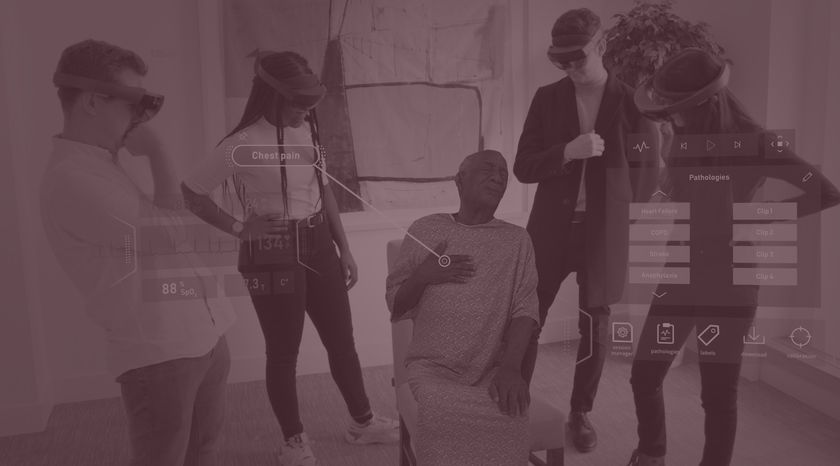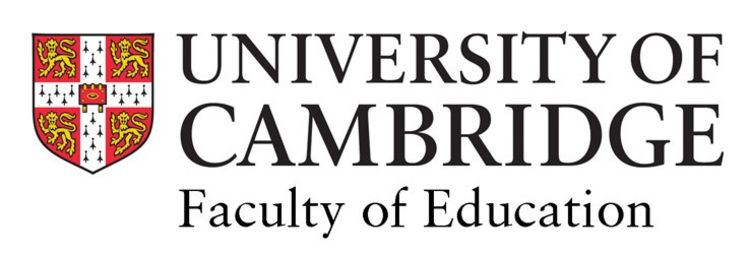Hologram patients to help train future doctors and nurses

Health professionals of the future could soon be training on holograms of patients, as a result of a new partnership involving the Faculty of Education.
The collaboration between GigXR, Cambridge University Hospitals (CUH) and the University of Cambridge Faculty of Education, brings medical training using “mixed reality” technology one step closer.
It will also make consistent, high-level and relevant clinical training more accessible anywhere in the world.

Mixed reality combines real-life physical environments with hyper-realistic virtual elements.
Trainees including medical students, nurses and doctors seeking to enhance their clinical skills, will be able to use holographic patients to practise high-level, real-time decision-making and treatment choice.
The first training models being created simulate emergency scenarios and deteriorating chronic conditions that lead to hospitalisation, focusing on the responses and human factors needed to provide accurate care in both types of situations.
Academics including Dr Riikka Hofmann at the Faculty, will be designing a research-based, professional learning intervention to evaluate the learning and patient outcomes from using mixed reality devices. This work will guide their development so that the training and technology can be optimised for use international use.

Dr Arun Gupta, CUH consultant and Director of Postgraduate Education, Cambridge University Health Partners, said:
“Simulating real-world, real-time medical care requires interactive, responsive patients, training tools and evolving scenarios that conventional methods cannot accurately recreate. We hope to kick off a new era of simulation that facilitates the seamless exchange of global medical knowledge, which transforms theoretical insights into true-to-life practice.”
Instructors will be able to share scenarios, change patient responses, introduce complications and record observations and discussions, while projecting the hologram via a mixed reality headset into any physical training environment, whether a classroom, large teaching hospital, a small rural campus or remote on-demand study.
Learners can access, observe and assess the holographic patient simulations from either a mixed reality headset or an Android or iOS smartphone or tablet.
A virtual state-of-the-art ER is not helpful if you practice in a small rural hospital without that equipment – the holographic simulations remove this barrier
Dr Riikka Hofmann, Associate Professor in the Faculty of Education at University of Cambridge said:
“With mixed reality, we can overlay as many or as few digital elements on the learner’s physical space as needed, whether that is simply the hologram patient or with medical equipment. This ensures the environment is relevant to the training."
GigXR, a global provider of eXtended Reality (XR) solutions for instructor-led teaching and training, will work with CUH and the University of Cambridge, to co-create holographic acute care simulations deployed through GigXR’s Immersive Learning Platform.
The partnership plans to launch the first holographic simulations in mid-2022.
This story originally appeared on the Cambridge University Hospitals NHS Trust website.

